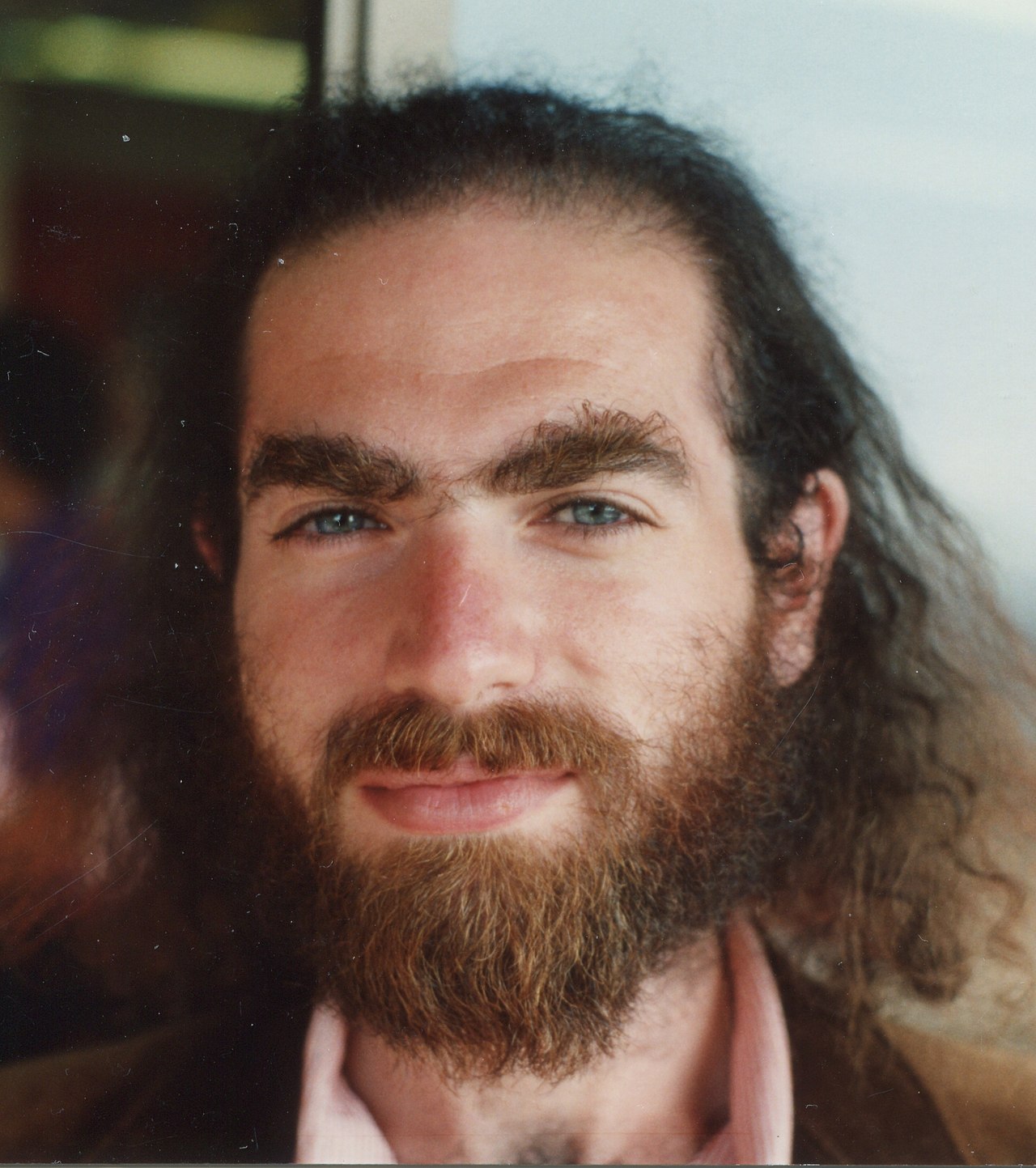QUICK FACTS
Milestone: Poincaré conjecture solved
When: Nov. 11, 2002
Where: St. Petersburg, Russia
Who: Grigori Perelman
On a cold day in November, a man living quietly in Russia posted a paper to a public server.
The paper was the first of three published over the next year solving the long-standing Poincaré conjecture, a hypothesis posed nearly a century earlier by Henri Poincaré.
In simple terms, Poincaré hypothesized that if you were to take any kind of 3D space — from a cat to the Empire State Building — and draw a 2D loop on it, if you can shrink that loop down to a point without breaking either the loop or the shape, then the space is mathematically equivalent to a sphere.
Proving this conjecture was crucial to topology, the mathematical study of shapes. Mathematician Stephen Smale had solved the conjecture in five dimensions in 1961, earning math’s prestigious Fields Medal in the process. But the 3D case proved the most intractable.
In the 1980s, Richard Hamilton, a mathematician at Columbia University, proposed solving the conjecture using a math technique called Ricci flow, which had been useful for Einstein’s theory of general relativity, as well as string theory.

In 2006, New York Times reporter Dennis Overbye likened the Ricci flow technique to using heat from a hair dryer to smooth out shrink-wrap. Similarly, the Ricci flow could smooth out wrinkles and curvature and reduce a complicated shape to a more fundamental one.
Ricci flow worked to simplify roundish shapes to spheres, but singularities — points of infinite density — kept cropping up in more complicated shapes. Topologists can perform a kind of “surgery” to excise these singularities, but there was still a possibility that the singularities would keep emerging forever. Researchers were stuck.
Perelman’s work solved the singularity problem. Perelman (whose first name is Grigori, also spelled Grigory; Grisha was a nickname) had spent the prior decade doing postdoctoral research in the U.S. at several institutions. In the mid-1990s, he turned down very prestigious math fellowships in the U.S. and Europe, returned to St. Petersburg, and took a position at the Steklov Institute of Mathematics.

The friendly-but-shy and “unworldly” mathematician “looked like Rasputin, with long hair and fingernails,” and he told colleagues he enjoyed hiking in the woods around St. Petersburg, hunting for mushrooms, Robert Greene, a mathematician at UCLA, told Overbye in 2006. He seemed completely uninterested in wealth or material success, his colleagues reported.
Perelman receded into obscurity after he returned to Russia in the mid- to late 1990s, and many of his colleagues thought he had left mathematics altogether.
Then Perelman published his 2002 paper. Over the next year, he published two more papers and gave a series of talks at several East Coast colleges, explaining his process. Then, he receded into the background once more.
Perelman’s work showed that all of the singularities actually reduced to simple shapes, like spheres or tubes, and that if you could follow the Ricci process to its end, you would find the 3D shape reduced to a sphere. He had proved the Poincaré conjecture, but it would take another few years for mathematicians to wade through his brilliant, original and highly technical proofs and confirm that the great topographical problem had, indeed, been solved.
In 2006, mathematicians John Morgan and Gang Tian published a 473-page paper showing that Perelman’s work, building on Hamilton’s, did in fact prove the elusive conjecture.
Perelman was offered the prestigious Fields Medal and the Clay Millennium math prize, which came with a $1 million award. He turned them down, reportedly due to objections about how credit was given for solving the problem.
Perelman resigned from his position at the Steklov Institute in 2005 and has since ferociously avoided the limelight. It’s unclear whether he is still working on math in his St. Petersburg apartment, where as of the early 2010s, his neighbors said he cared for his elderly mom.
When a reporter tried to contact him in 2010, he rejected an interview, saying, “You are disturbing me. I am picking mushrooms.”

